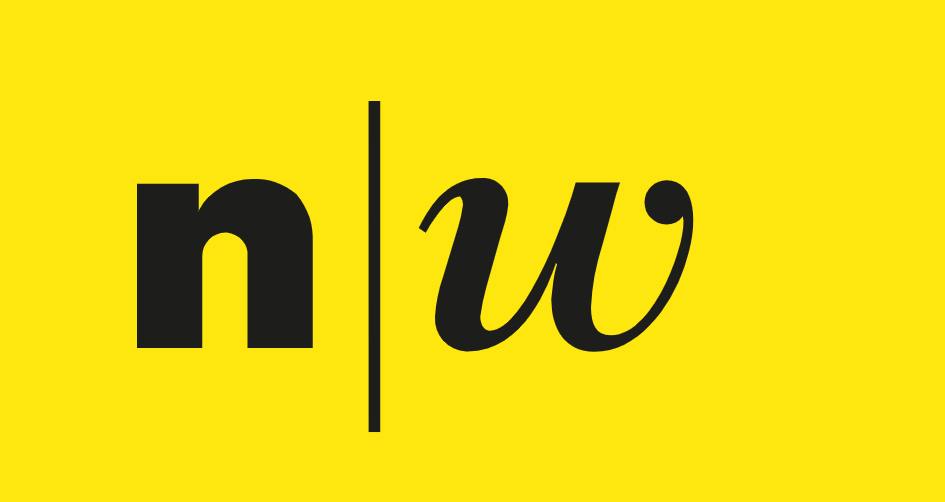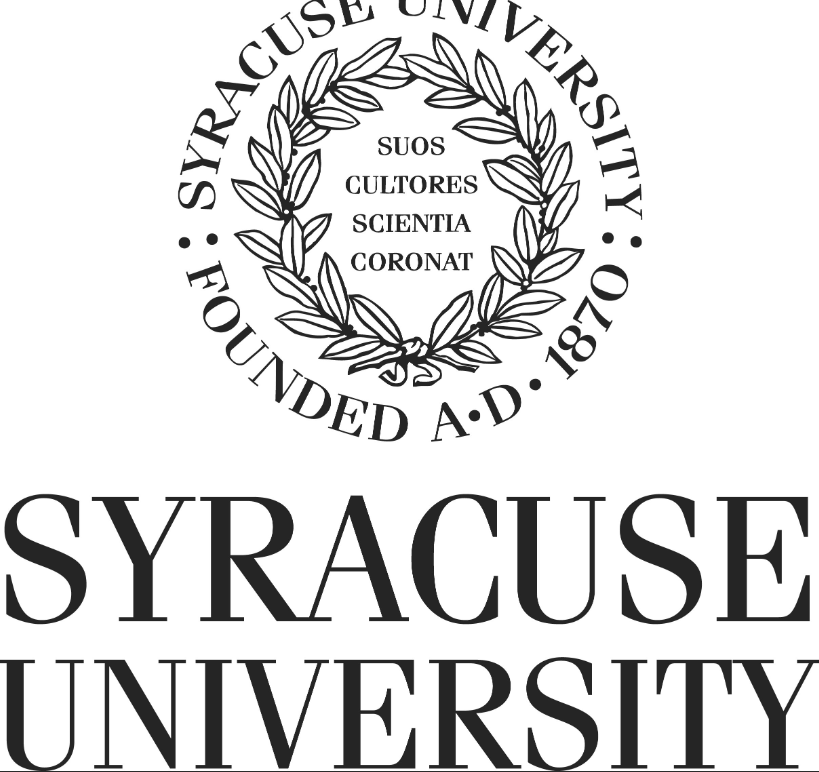
ColdQuanta, the quantum atomics company, previewed its quantum computer technology, built on its Quantum Core™, according to a company news release. The Colorado-based company, which recently announced a major funding series, said that Quantum Core is uniquely capable of being used as the basis for a wide range of quantum systems spanning computing, global positioning, signal processing, and communications. Today, this technology is a key component of NASA’s Cold Atom Laboratory on the International Space Station, atomic clocks, gyroscopes, quantum matter systems, and advanced research systems.
In developing the technology for a quantum computing platform, ColdQuanta is leveraging its deep expertise and more than a decade of experience delivering quantum products and systems. In April of this year, the Defense Advanced Research Projects Agency (DARPA) selected ColdQuanta to develop a scalable, cold-atom-based quantum computing hardware and software platform that can demonstrate quantum advantage on real-world problems. The work is being led by ColdQuanta Chief Scientist Mark Saffman. In October, ColdQuanta announced cloud access to a quantum matter system that lets users generate, manipulate, and experiment with ultracold matter.
ColdQuanta’s leadership team has been active in building the emerging quantum industry. CEO Bo Ewald served as President of D-Wave International, was an early member of the Quantum Industry Coalition, and is currently leading IEEE quantum terminology and performance characterization standardization efforts. Founder and CTO Dana Anderson sits on the Steering Committee of the Quantum Economic Development Consortium (QED-C), established with support from the National Institute of Standards and Technology (NIST) as part of the U.S. government’s strategy for advancing quantum information science.
“ColdQuanta has successfully developed and deployed many kinds of quantum systems, all based on our Quantum Core platform,” said Bo Ewald. “This means that most of the technology needed for cold atom quantum computing has already been validated by customers. This gives us a significant advantage in the race to deliver a quantum computer that can address some of the most complex computing challenges we face today.”
According to Bob Sorensen, Chief Analyst for Quantum Computing, Hyperion Research, “ColdQuanta’s use of cold atom quantum computing opens up a range of new possibilities in discrete qubit performance, dynamically reconfigurable interconnect schemes, and perhaps most important, the potential to scale to large numbers of qubits per individual quantum processor. ColdQuanta is committed to a long-term road map that leads to a full-stack quantum computing solution and is already taking the right steps to ensure that their unique hardware can be readily accessible and programmable to a wide base of potential users. The next key step will be the demonstration of cold atoms to address a compelling and real-world use-case that can help drive this technology to the forefront of the currently crowded field of quantum computing hardware options.”

Computing with Cold Atoms
The ColdQuanta quantum computer is built around a unique glass cell that maintains a vacuum and houses a checkerboard-like array of cesium atoms, each of which acts as an individual qubit. Lasers and other photonic technologies cool the atoms to ten millionths of a degree above absolute zero, then initialize the qubits and orchestrate computations. The final state of the qubit array is photographed and analyzed.
Over the past several years, early-stage quantum computers have employed different approaches with superconducting circuits, trapped ions, photons, and other materials used as qubits. While there are pros and cons to each method, ColdQuanta’s approach has significant advantages over other implementations:
- The qubits are all atoms of the same element and are identical, so there are no manufacturing defects.
- The qubits are cooled to ten millionths of a degree above absolute zero, which is much colder than other technologies. Quantum effects typically operate better and longer at colder temperature. This combination allows for longer and more complex computations.
- Two dimensional cold atom arrays scale from tens to thousands of qubits, enabling bigger computations to address real-world problems. The DARPA ONISQ program, awarded to ColdQuanta, calls for a demonstration of a system with over 1000 qubits running a Department of Defense application.
- Gates can entangle distant qubits, allowing larger logical circuits on the same qubit array. This should allow more computational work to be accomplished per unit time with more advanced qubit connectivity.
- Advanced vacuum cell technology does away with the need for cryogenics.
- The computational platform is dynamically reconfigurable, which shortens the development cycle and leads to quicker system improvement.
On Monday, November 23 at 11am MT, ColdQuanta CEO Bo Ewald and Director of Quantum Applications Denny Dahl will host a webinar to discuss cold atom quantum computing. Register here.
For more market insights, check out our latest quantum computing news here.




















